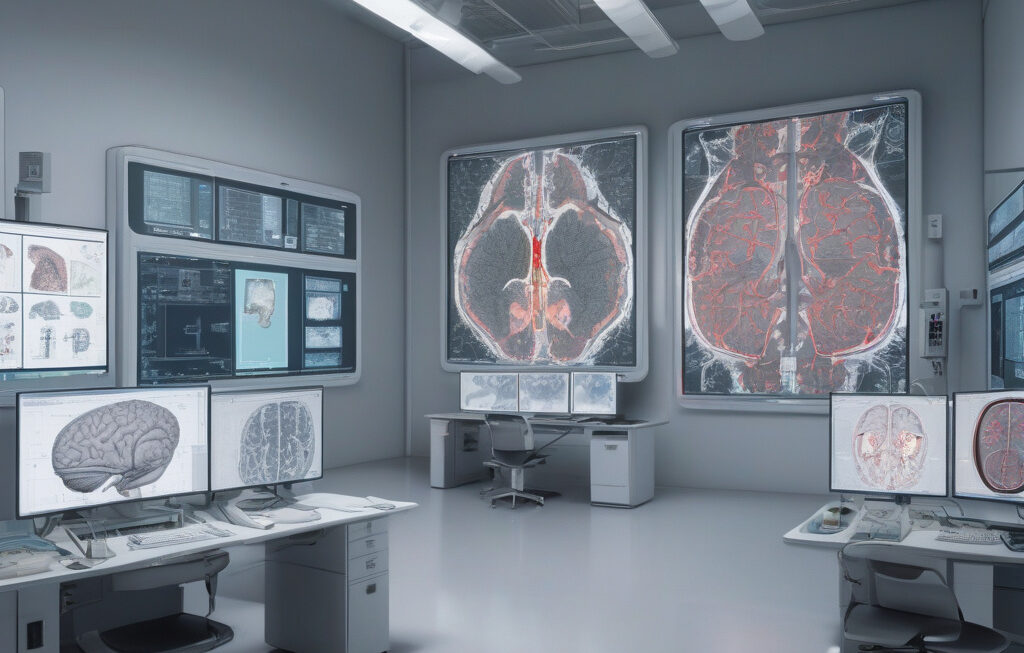University of California, Berkeley Unveils $5K 3D-Printable Humanoid Robot
In a groundbreaking development, the University of California, Berkeley, has unveiled a new open-source, budget-friendly, and customizable humanoid robot called Blue. This innovative creation is set to revolutionize the field of robotics with its affordability and accessibility. With a price tag of just $5,000, Blue is not only cost-effective but also 3D-printable, making it a game-changer in the world of robotics.
The creation of Blue marks a significant advancement in robotics technology. Traditional humanoid robots are often expensive and out of reach for many researchers, students, and robotics enthusiasts. However, with Blue’s affordable price point and open-source design, it has the potential to democratize robotics and make it more accessible to a wider audience.
One of the key features of Blue is its 3D-printable design. This means that users can download the robot’s design files for free and manufacture the parts using a 3D printer. This not only reduces the overall cost of the robot but also allows for customization and modifications to suit specific needs and preferences.
The open-source nature of Blue is another aspect that sets it apart from traditional humanoid robots. By making the robot’s design and software freely available, users are encouraged to collaborate, innovate, and share improvements with the community. This collaborative approach fosters creativity and accelerates the pace of innovation in the field of robotics.
Moreover, Blue’s design is modular, making it easy to assemble and repair. This user-friendly approach is ideal for educational purposes, as it allows students and educators to learn about robotics by building and experimenting with the robot. Additionally, Blue’s affordability makes it an attractive option for research projects, enabling researchers to explore new applications and capabilities without breaking the bank.
The development of Blue underscores the importance of open-source technology in driving innovation and progress. By making robotics more affordable and accessible, projects like Blue have the potential to inspire the next generation of engineers, scientists, and innovators. As the field of robotics continues to evolve, affordable and customizable solutions like Blue are essential for pushing the boundaries of what is possible.
In conclusion, the unveiling of Blue by the University of California, Berkeley, represents a major milestone in the world of robotics. With its $5,000 price tag, 3D-printable design, and open-source approach, Blue is poised to democratize robotics and empower users to explore the exciting possibilities of humanoid robots. As technology continues to advance, innovations like Blue pave the way for a future where robotics is more accessible, affordable, and creative than ever before.
robotics, innovation, technology, 3D printing, UC Berkeley












